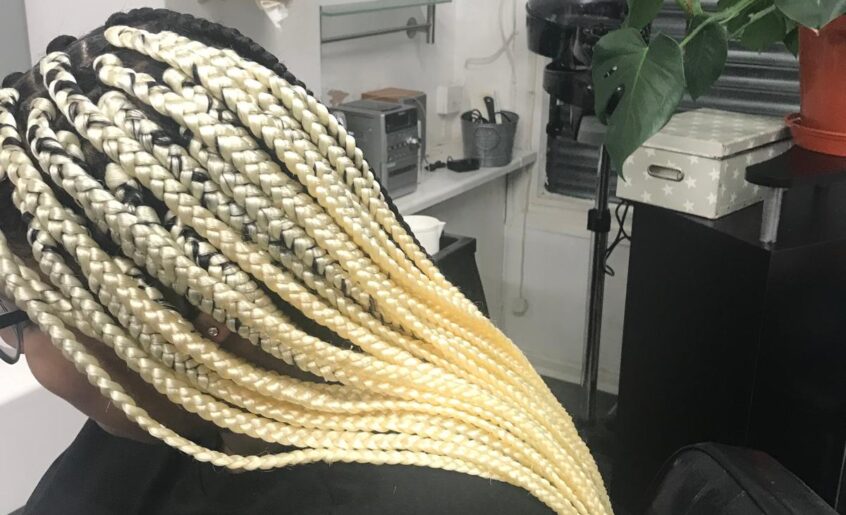Braids are a versatile and culturally rich hairstyle in which hair is divided into sections and then interwoven to form patterns or strands. Braiding can serve protective, decorative, and cultural purposes, and styles range from simple three-strand braids to intricate designs involving beads, extensions, or cornrows.
🧵 What Is a Braid Hairstyle?
- A braid involves interlacing three or more strands of hair.
- Braids can be worn in natural hair or with extensions for added length and style.
- Popular worldwide, braiding traditions are especially deep-rooted in African, Indigenous, and Asian cultures.
🔥 Popular Types of Braids (with Examples)
1. Box Braids
- Hair is sectioned into square-shaped parts and braided individually.
- Can be long, medium, or short, and worn with or without extensions.
- 📸
2. Cornrows
- Braids are woven close to the scalp in rows.
- Can be straight back or styled into curved, geometric patterns.
- 📸
3. Ghana Braids (Feed-In Braids)
- Cornrow-style braids with added extensions for thickness and length.
- Known for their sleek, sculpted look.
- 📸
4. French Braid
- Classic three-strand braid that begins at the crown and weaves hair inward as it descends.
- Often used in casual and elegant styles.
- 📸
5. Dutch Braid
- Similar to the French braid, but strands are crossed under instead of over, making the braid “pop out.”
- Also known as an inside-out braid.
- 📸
6. Fishtail Braid
- A detailed braid that uses two sections instead of three.
- Elegant and great for formal styles.
- 📸
7. Knotless Braids
- A modern version of box braids with a more natural, tension-free start.
- Lightweight and better for scalp health.
- 📸
✅ Benefits of Braids
- Protects natural hair
- Low maintenance
- Long-lasting (can last 2–8 weeks depending on type)
- Suitable for all ages, lengths, and textures

